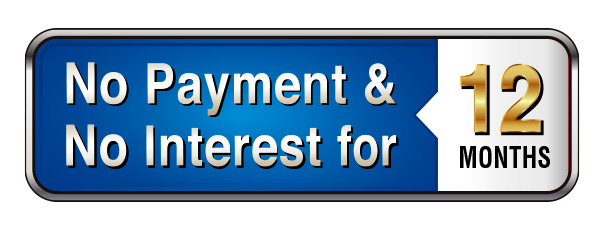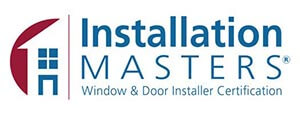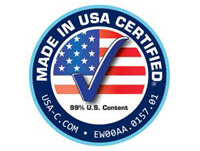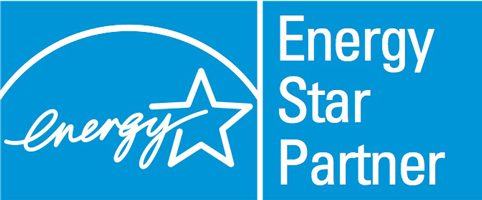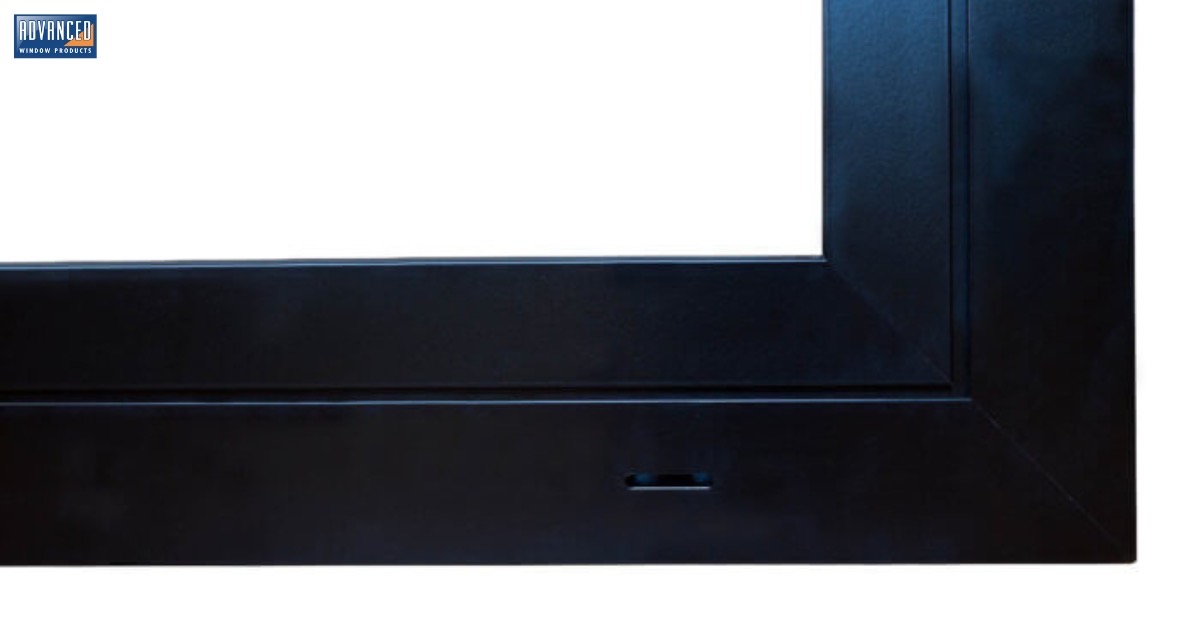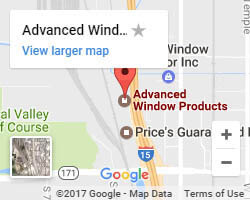As part of the Bipartisan Budget Act of 2018, a number of residential energy efficiency tax credits for a residential property was renewed until the end of 2021. The act also made the credits retroactive applying to purchases that were made from the original expiration in 2016 through the end of 2017.
How Does the 2018 Energy Efficient Tax Credit for Window Replacement Work?
Under the act, a taxpayer may claim up to 30% of qualified expenditures for an energy-efficient system that is located on a residential property. The equipment must have been installed during the tax year that the credit is being taken for, and can include the labor costs, preparation, installation, assembly, and equipment. Should the credit exceed your tax liability, the additional amount can be carried forward into the next tax year.
What Are the Limitations of the Home Improvement Tax Credit?
Taxpayers can claim a 10% credit on any qualified energy efficiency improvement in their residential home, though there are some limitations.
- You can only claim up to a $500 credit for all of the years combined.
- There is a $200 maximum that can be claimed for windows.
- A furnace circulating fan can only be claimed up to $50.
- Boiler credits are capped at $150.
- There is a maximum for any one energy credit of $300.
What Constitutes as a Qualified Energy Efficient Improvement?
All equipment must meet the Department of Energy guidelines. Then energy improvement will be categorized as either first energy improvements or second category. First energy improvements include:
- Insulation for your home.
- The replacement of exterior doors.
- The replacement of exterior windows and skylights.
- The replacement of your roof with certain materials.
Items that will fall under the second category of energy-efficient improvements include:
- Installation of electric heat pumps or heat pump water heaters.
- Installation of energy efficient central air conditioning.
- Installation of upgraded natural gas, oil, or propane water heaters, furnaces, or boilers.
- Adding stoves that run on biomass fuel.
Solar, Wind, Geothermal, and Fuel-Cell Energy Saving Tax Credit
You may qualify for a Residential Renewable Energy Tax Credits if you switch to solar, wind, geothermal, or fuel-cell technology used in your residential property. Equipment that may qualify you for the Renewable Energy Credit includes:
- Photovoltaics, or solar panels that are used to generate energy for home use.
- Installed wind turbines that generate a minimum of 100 kilowatts of electricity to power your home.
- Water heaters that are solar powered as long as the hot water is used to handle at least 50% of your home's heated water.
- Geothermal heat pumps as long as they meet federal Energy Star Guideline.
- Fuel cells used to generate at least 0.5 kilowatts of power for your home during the year as long as they use a renewable resource.
Get a Free Quote on Energy Efficient Windows and Take Advantage of the Available Tax Benefits
With the energy tax credits renewed for another three years, now is the time to reduce the carbon footprint and get a more environmentally-friendly home. Call Advanced Window Products in Salt Lake City, Utah to find out more about the energy efficient windows rebate or to schedule a complimentary home window replacement consultation. View the federal Energy Star Guidelines for more information.



